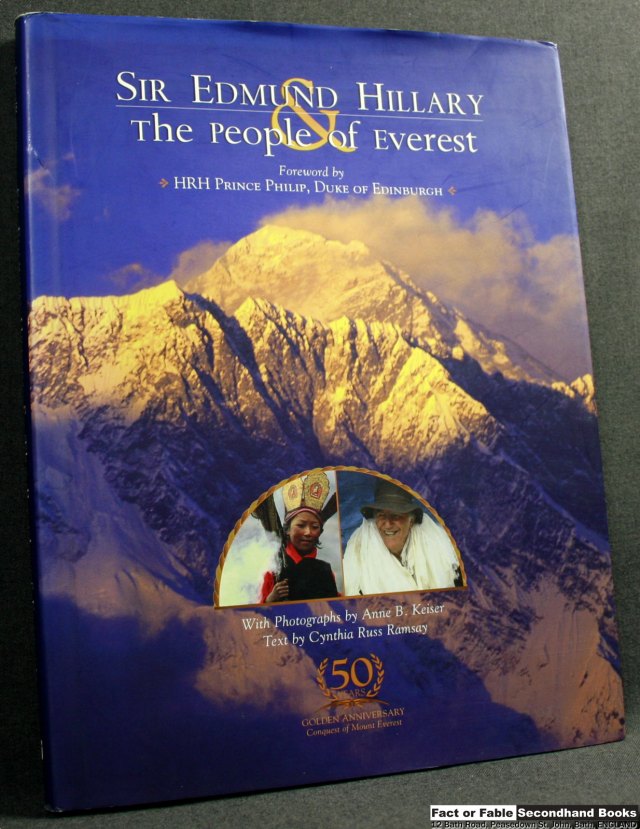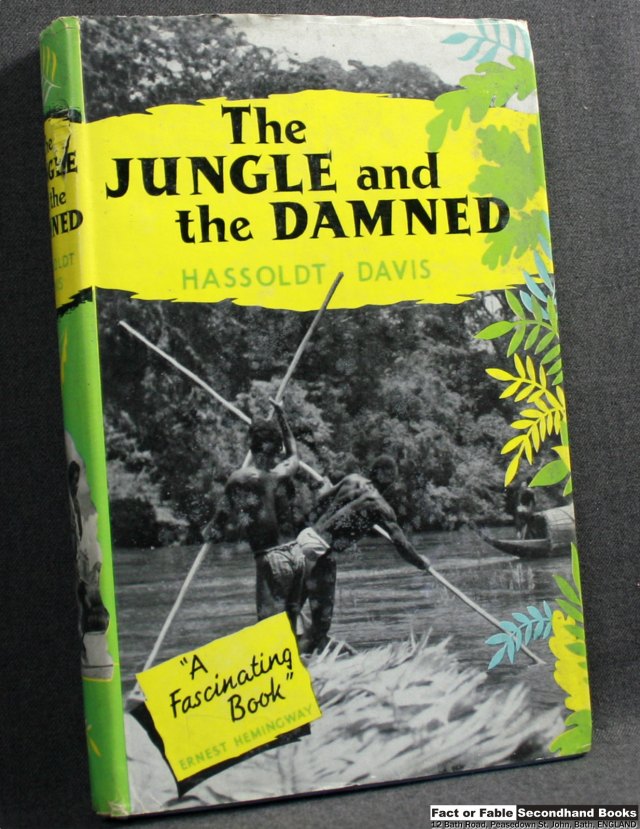Colonial Small Wars, 1837-1901 by Donald Featherstone lands on the shelves of my shop.
Newton Abbot: David & Charles, 1973, Hardback in dust wrapper.
Illustrated by way of: Diagrams; Maps; Plans;
From the cover: Queen Victorias long reign was constantly disturbed by almost ceaseless warfare that flared along the extending frontiers of the British Empire, indeed there was not a single year in which somewhere in the world British soldiers were not in action.
From 1837 to 1901 in Canada, Afghanistan, India, Africa, and elsewhere, military expeditions were undertaken to protect British interest, extend a frontier or repel an unprovoked attack. It became in the Victorian era an accepted way of life.
In this lively and useful study Donald Featherstone, after defining small wars and describing the Victorian soldier and his weapons, covers all these minor actions in detail. Most of the accounts are complemented by specially drawn maps and plans which have never before been collected together in a single volume.
Very Good in Very Good Dust Wrapper. Gently bruised at the spine ends and corners with commensurate wear to the dust wrapper which is lightly pulled at the head of the upper panel. Text complete, clean and tight.
Blue boards with Gilt titling to the Spine. 223 pages. Index. Bibliography. 9¾” x 7½”.
Of course, if you don’t like this one there are plenty more available here!



